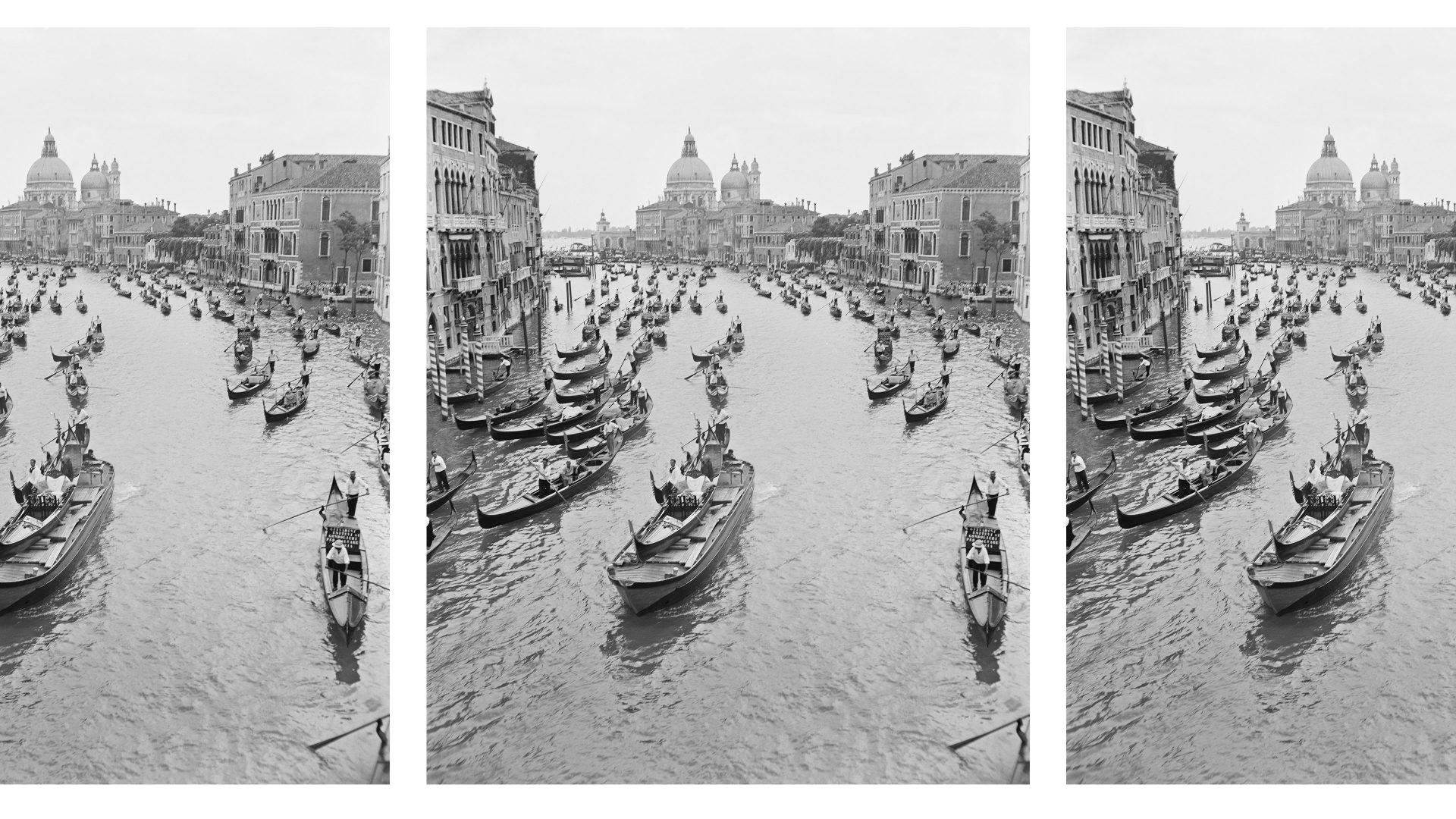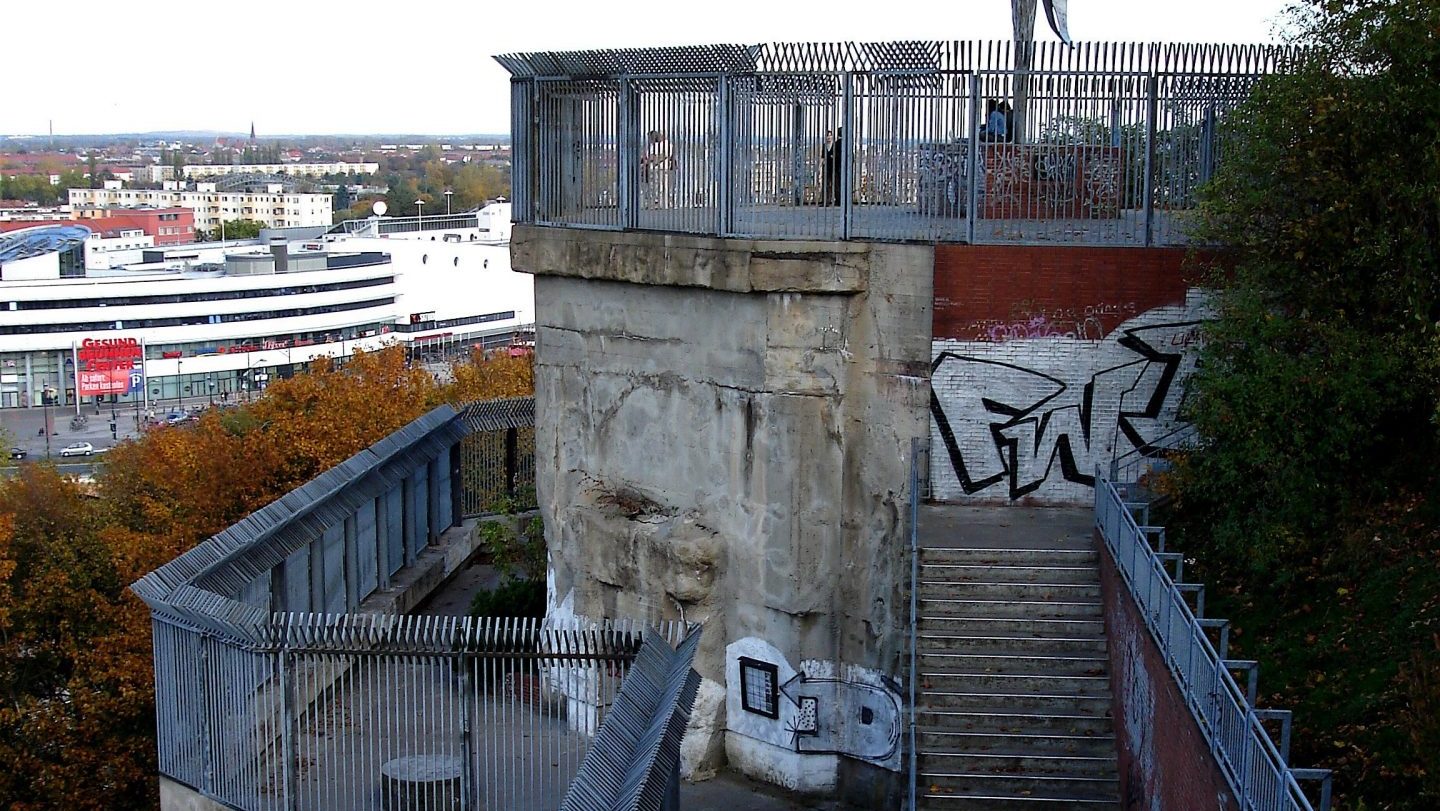“There is something so different in Venice from any other place in the world that you leave at once all accustomed habits and everyday sights to enter an enchanted garden,” wrote Mary Shelley in 1818 of Europe’s lagoon city.
Dickens showed up three decades later and declared, “Nothing in the world that you have ever heard of Venice is equal to the magnificent and stupendous reality… Venice is beyond the fancy of the wildest dreamer.” Hazlitt said that the only thing that could beat this city of water would be a city built in the air, Proust arrived, unpacked his luggage and declared that his dream had become his address, while for Truman Capote Venice was “like eating an entire box of chocolate liqueurs in one go”.
Few cities have ever proved as inspiring as La Serenissima. The greatest artists ever to wield a brush have excelled beneath its remarkable light, great composers have been and gone – Vivaldi was born there; Stravinsky is buried there – but perhaps the greatest body of work inspired by the city, greater even than the paintings of the Renaissance masters, is assembled from the writers who have lived, stayed or just passed through that clutch of buildings in the sea.
Unlike many great literary cities, Venice has produced barely a handful of writers of its own. There was Marco Polo, of course, whose accounts of his
voyages remain among the greatest works of travel literature, while Carlo
Goldoni was a highly successful playwright of the 18th century who wrote much of his dialogue in the Venetian dialect. Casanova was a Venetian, albeit one better known for his love life than his writing, as was Veronica Franco, a high-class sex worker who during the second half of the 16th century was a regular attendee at literary salons, published two volumes of poetry, a collection of letters and compiled a handy directory of Venetian courtesans.
It’s been left to the visitors, the incomers, the blow-ins, to establish Venice’s exalted standing as a literary city and, in contrast to the beauty of its buildings that has been disseminated around the world from the brushes of
Titian to the filters of Instagram, it’s the seedier side of Venice that has held
writers in its thrall for centuries.
Venture beyond the perfect veneer depicted in oils and you’ll find a city that’s been festering gently for centuries. Ever since the glorious Venetian empire began to fade, buildings have crumbled and deteriorated – only two weeks ago a violent squall detached pieces of St Mark’s campanile and deposited them on the square below – and the city is, of course, slowly sinking into the mud. A lingering sense of mortality is exacerbated by how the damp air, cramped streets and maritime arrivals from all over the world have sent waves of plague through the city at regular intervals throughout history. In Venice death always feels close. Time itself hangs heavier there
somehow, weighing down the ghosts that lurk in every shadow.
For a visiting Goethe in 1786, Venice “succumbs to time, like everything that has a phenomenal existence”. Byron spent three years in the city from 1816, seducing married women, writing Don Juan, and appreciating “the gloomy gaiety of their gondolas and the silence of the canals. I do not even dislike the evident decay of the city.”
It wasn’t just flakes of plasterwork falling into canals that lent a sense of impending doom. The dingy alleyways and quiet waterways, especially when heavy fogs drift in from the lagoon, still produce a silence that makes
introspection inevitable. The American writer Henry James called Venice “the repository of consolations”, a place where the terminally disappointed immerse themselves in their failures and rejections. “The deposed, the
defeated, the disenchanted, the wounded, or even only the bored, have seemed to find there something that no other place could give,” he wrote. “But such people came for themselves, as we seem to see them – only with the egotism of their grievances and the vanity of their hopes.”
As the Russian poet Joseph Brodsky, who visited Venice annually for two decades but only ever in winter, put it, “You never know as you move through these labyrinths whether you are pursuing a goal or running from
yourself, whether you are the hunter or his prey.”
Writers have long acknowledged the seedier side of the city. In 1527, the poet Pietro Arentino arrived in Venice, forced out of Rome by fear of assassination when a bishop took exception to being lampooned in verse, and delightedly christened his new home “the seat of all vices”. The man best known for the sexually explicit collection Sonetti Lussuriosi, (Lustful Sonnets), settled happily into the Palazzo Bollani Erizzo and set about blackmailing so many notable people that his own epitaph labelled him “the bitter poison of the human seed”, who had extorted everyone except God and that was only because he didn’t know him.
Roger Ascham, a Yorkshireman and former tutor to the young Elizabeth I, wrote in The Schoolmaster of how “I learned, when I was at Venice that there it is counted good policy, when there be four or five brethren of one family, one only to marry, and all the rest to welter with as little shame in open lechery, as swine do here in the common mire.” More recently, the American crime writer and former Venice resident Donna Leon has produced more than 30 high-quality murder mysteries in which the alleys and dark corners prove ideal locations for nefarious activity.
Among the fiction in which Venice appears, Voltaire’s Candide arrives in the city full of optimism about its beauty and culture and is soon disabused by the immorality he sees openly displayed around him. Constance Chatterley travels to the city in the hope of becoming pregnant in DH Lawrence’s Lady Chatterley’s Lover. In Evelyn Waugh’s Brideshead Revisited, Sebastian Flyte and Charles Ryder spend a bizarre week in the city with Flyte’s father Lord Marchmain and Marchmain’s lover.
Of the fiction set primarily in the city, among the best is Patricia Highsmith’s 1967 Those Who Walk Away, a thriller featuring the murderous disputes of an American family. Highsmith also wrote the short story Don’t Look Now, which was turned into a hilariously overwrought film by Nicolas Roeg and captures perfectly the decaying, melancholy essence of Venice out of season.
Henry James regarded his 1888 novel The Aspern Papers as his best, ahead even of The Turn of the Screw. An American biographer travels to Venice hoping to persuade or hoodwink a wealthy widow into handing over papers belonging to a poet named Jeffrey Aspern. Venice makes a perfect backdrop for the seediness of the quest and the lengths the narrator is prepared to go to to acquire the papers, not to mention the surprising climax that closes a gripping novel.
The best work of fiction set in Venice is another victim of an over-egged screen adaptation, Thomas Mann’s 1912 Death in Venice. Mann’s protagonist Gustav von Aschenbach is a wealthy but burnt-out writer on holiday who becomes obsessed with Tadzio, a beautiful young boy from a Polish family also staying at the Grand Hôtel des Bains on the Lido.
As the novella progresses and the obsession grows, Venice itself becomes a malevolent presence as a cholera epidemic takes hold. Don’t rely on Visconti’s stifling film, the original story is infinitely better.
If anything written about Venice can truly be described as non-fiction, Brodsky’s Watermark: An Essay on Venice is a beautiful evocation of the city, gleaned from his many Venetian winters (he’s buried at San Michele). It’s short yet immersive, with 51 brief chapters of thoughts, anecdotes and
impressions from a man who loved the city more than most and, a few self-indulgent digressions aside, captures it better than most.
By far the best non-fiction account of the city is by Jan Morris in her 1960 masterpiece, Venice. Part history, part travelogue, part memoir, Venice reveals her uncanny ability to capture the spirit of a place in a series of brief
encounters, sideways glances, paintings, statues and architecture. Anecdotal yet authoritative, Venice will never be eclipsed as the perfect introduction to and summation of the city, its people and its culture.
Among the literary landmarks you’ll find the Palazzo Contarini Fasan on the Grand Canal, which has come to be known as the House of Desdemona, from Shakespeare’s Othello, while the poet Robert Browning died in the nearby Ca’ Rezzonico, now a museum dedicated to 18th century Venice. A
drink in Harry’s Bar would be in the footsteps of Hemingway, while shortly
after the second world war WH Auden and Stephen Spender could be found
together in St Mark’s Square at a table outside the Caffè Florian.
You don’t need such specific pilgrimages to gain a sense of literary Venice. Walk any street, cross any bridge and boat along any canal and you’ll feel the weight of words as well as the weight of time. As Brodsky wrote of the city’s dark alleys, “at night these narrow stony gennels are like passages between the bookshelves of some immense, forgotten library, and equally quiet”.




